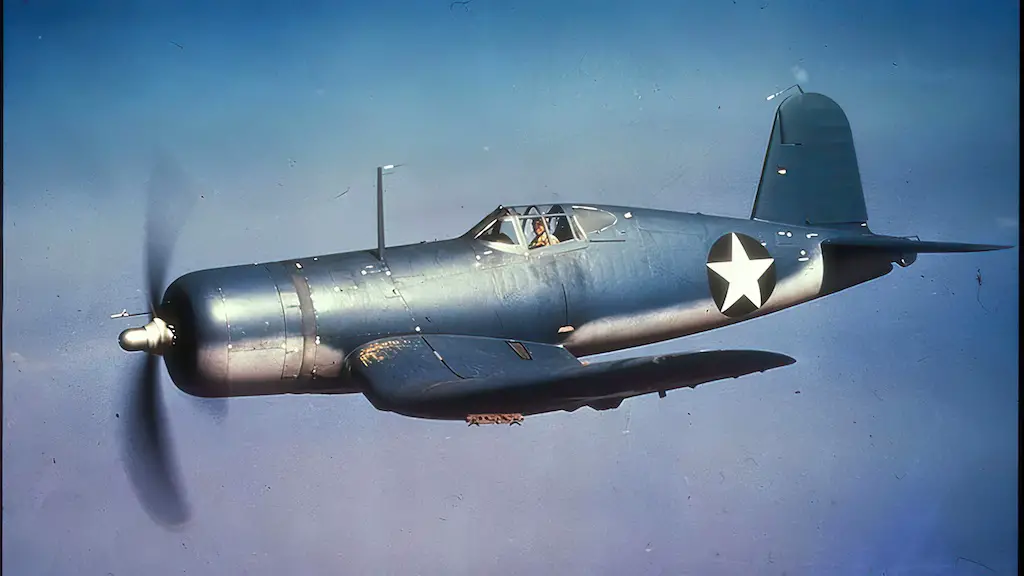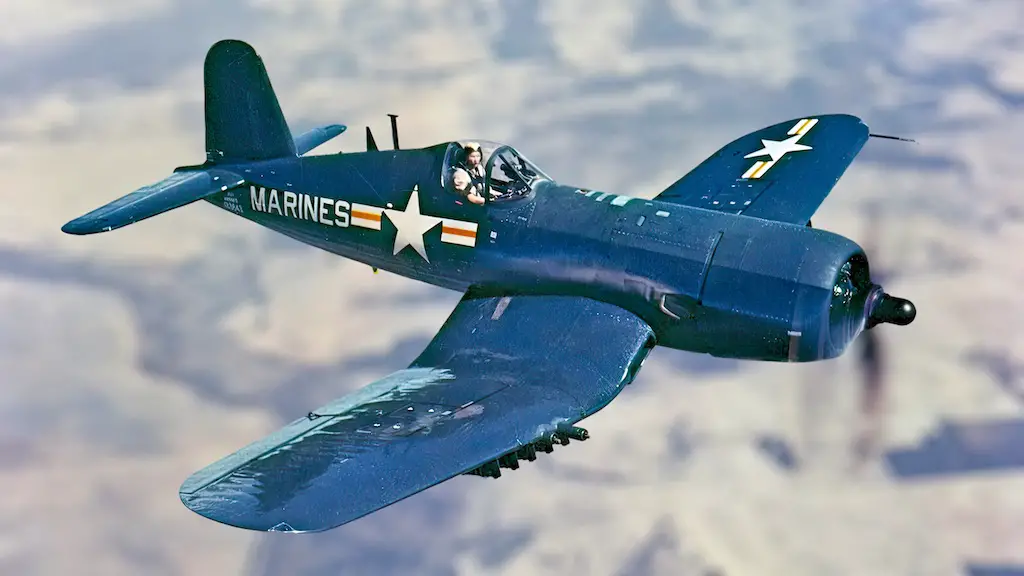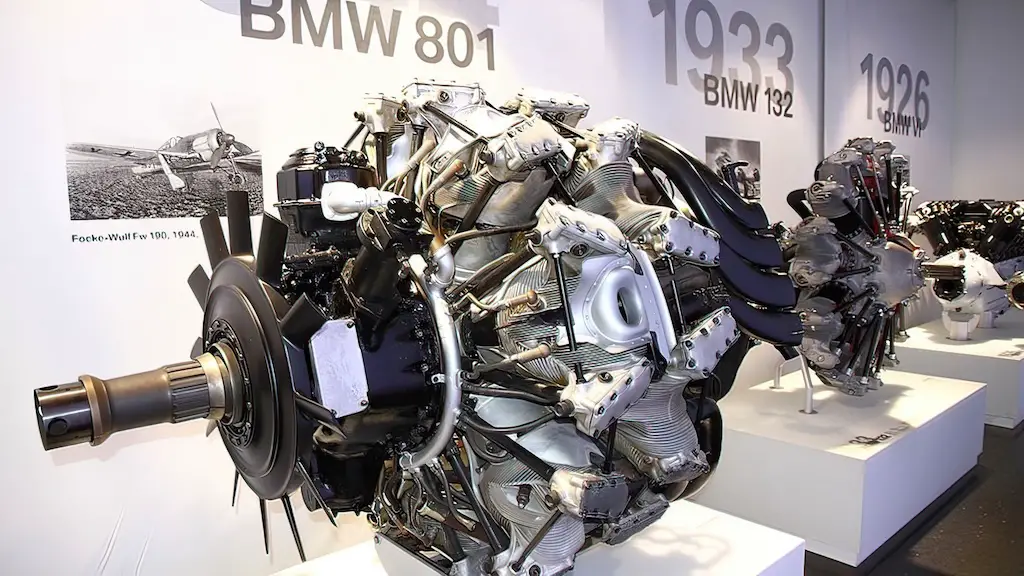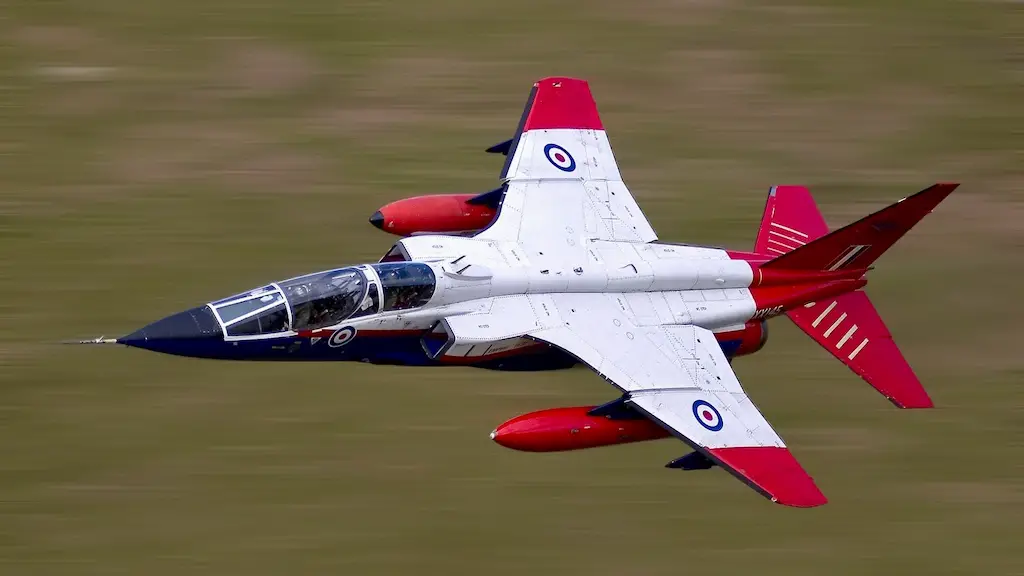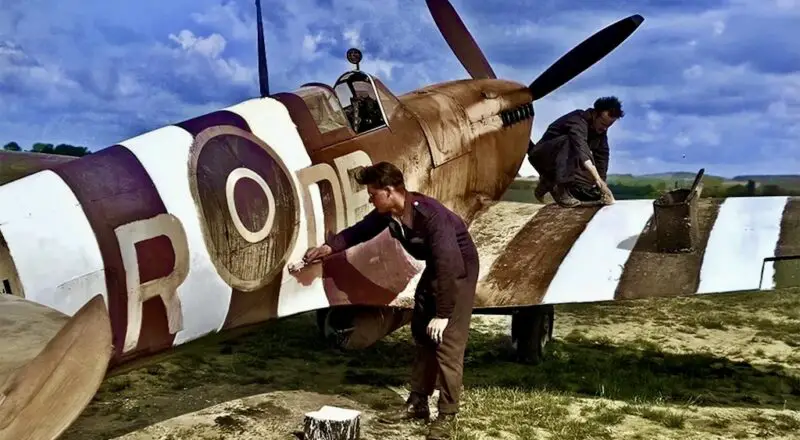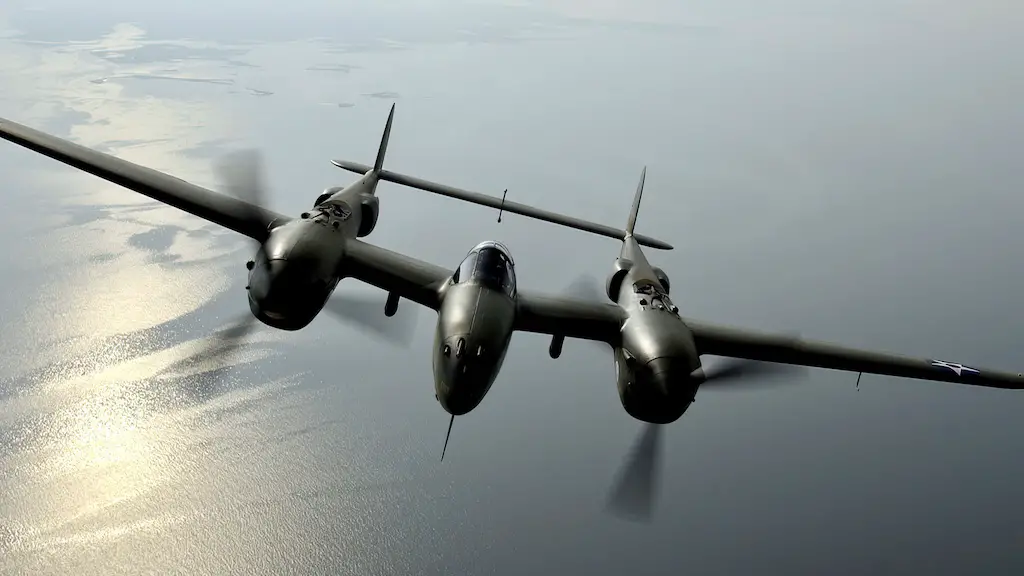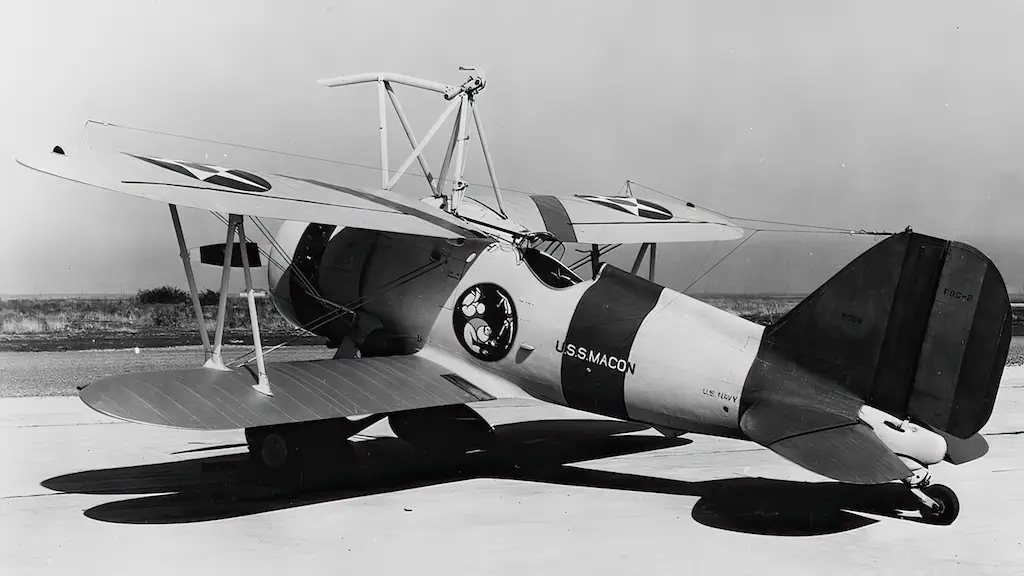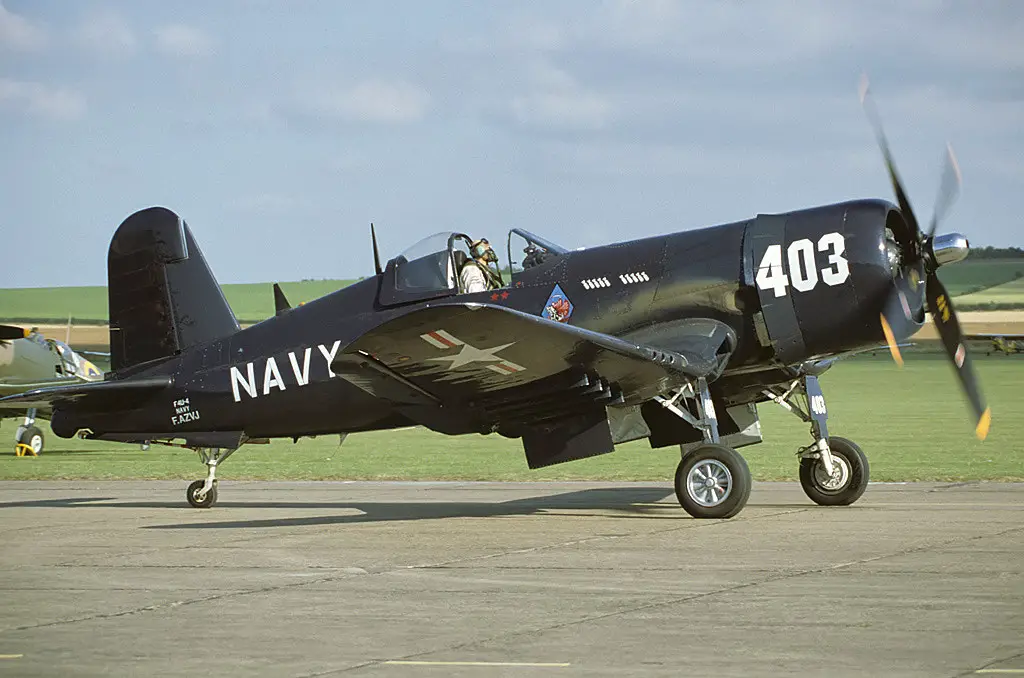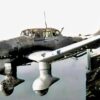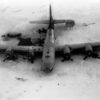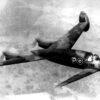Crafted for Dominance
In the late 1930s, a call-to-arms echoed through the halls of American aviation companies. With war looming, the US Navy sought a formidable new fighter. Chance Vought answered this call, designing the F4U Corsair, an aircraft destined for greatness.
Revealed in 1940, the Corsair’s distinct “gull-wing” design — a solution to accommodate its massive propeller without lengthening the landing gear — turned heads. The F4U married aerodynamics with raw power, becoming a pivotal cog in the Allied war machine.
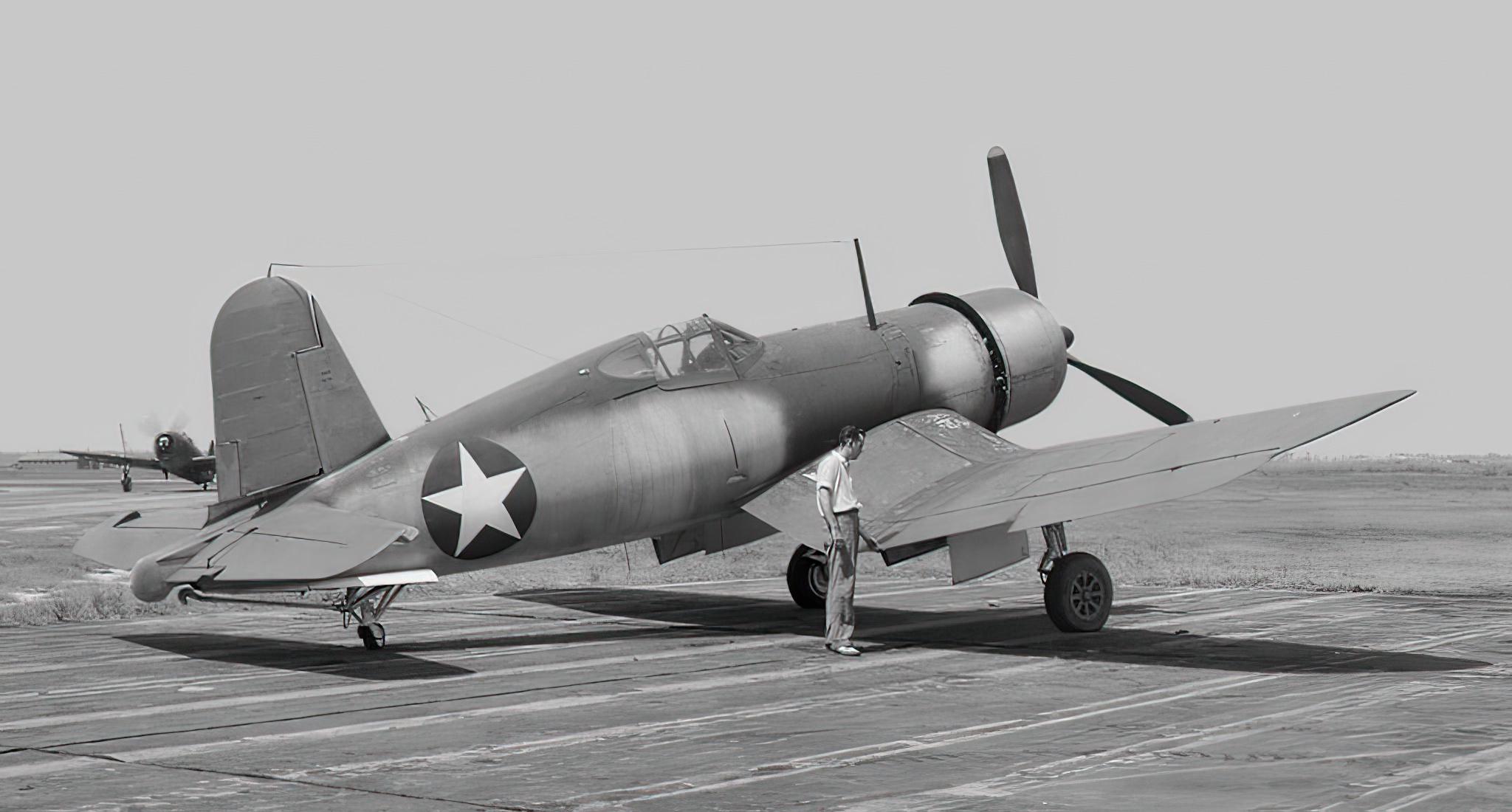
Soaring Beyond Limitations
In flight, the F4U roared like thunder. Pilots likened it to wrestling a beast, with its 2000 horsepower Pratt & Whitney R-2800 Double Wasp engine. Agility met speed as the Corsair could reach 417 mph, outpacing opponents and setting records.
Sure, it was challenging to master, with its demanding torque and a wing loading that made it less nimble than some opponents. Still, those who tamed the beast attested to its power. The F4U could climb, dive, and sprint with the best of them, making it a nightmare for enemy fighters.
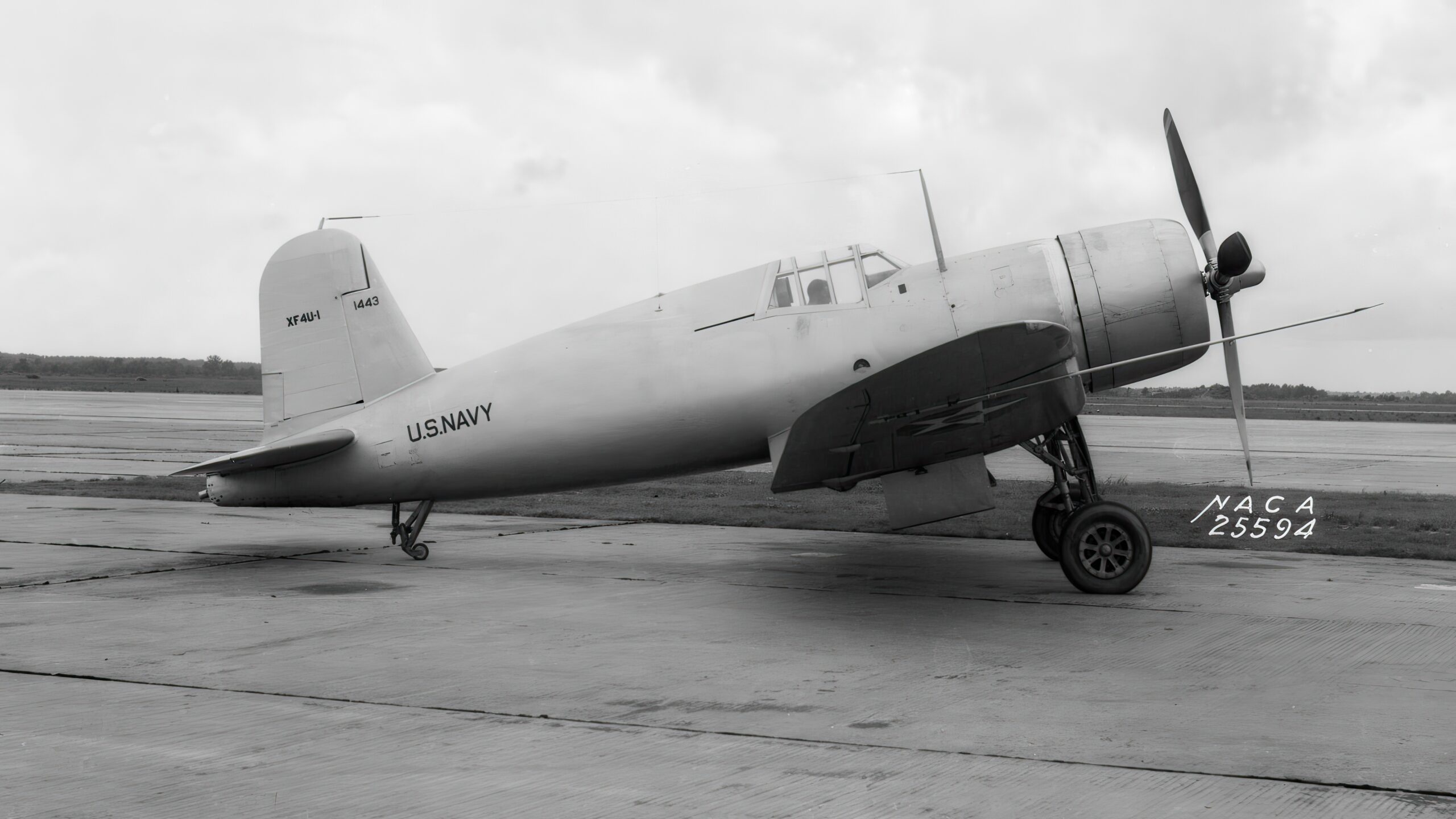
The Corsair’s Sting
No discussion of the F4U would be complete without addressing its firepower. Six .50 caliber M2 Browning machine guns greeted enemies with a hailstorm of lead. A single second of sustained fire could unleash 150 rounds, shattering armor and shredding wings.
Beyond this, Corsairs often boasted an array of rockets and bombs, transforming them into capable ground-attack aircraft. This versatility earned them a place not only on aircraft carriers but also in the front lines of island-hopping campaigns in the Pacific.
The Highest Scoring F4U Ace
In the pantheon of WWII aviation, few names shine brighter than Major Gregory “Pappy” Boyington. The grizzled Marine Corps aviator claimed 22 victories in the Pacific Theater, flying the F4U.
Boyington, leading the famed “Black Sheep” squadron, transformed his Corsair into a tool of devastation. His dogfights became legendary, proving the Corsair’s worth in aerial combat. His exploits continue to inspire, cementing his status as the highest-scoring F4U ace.
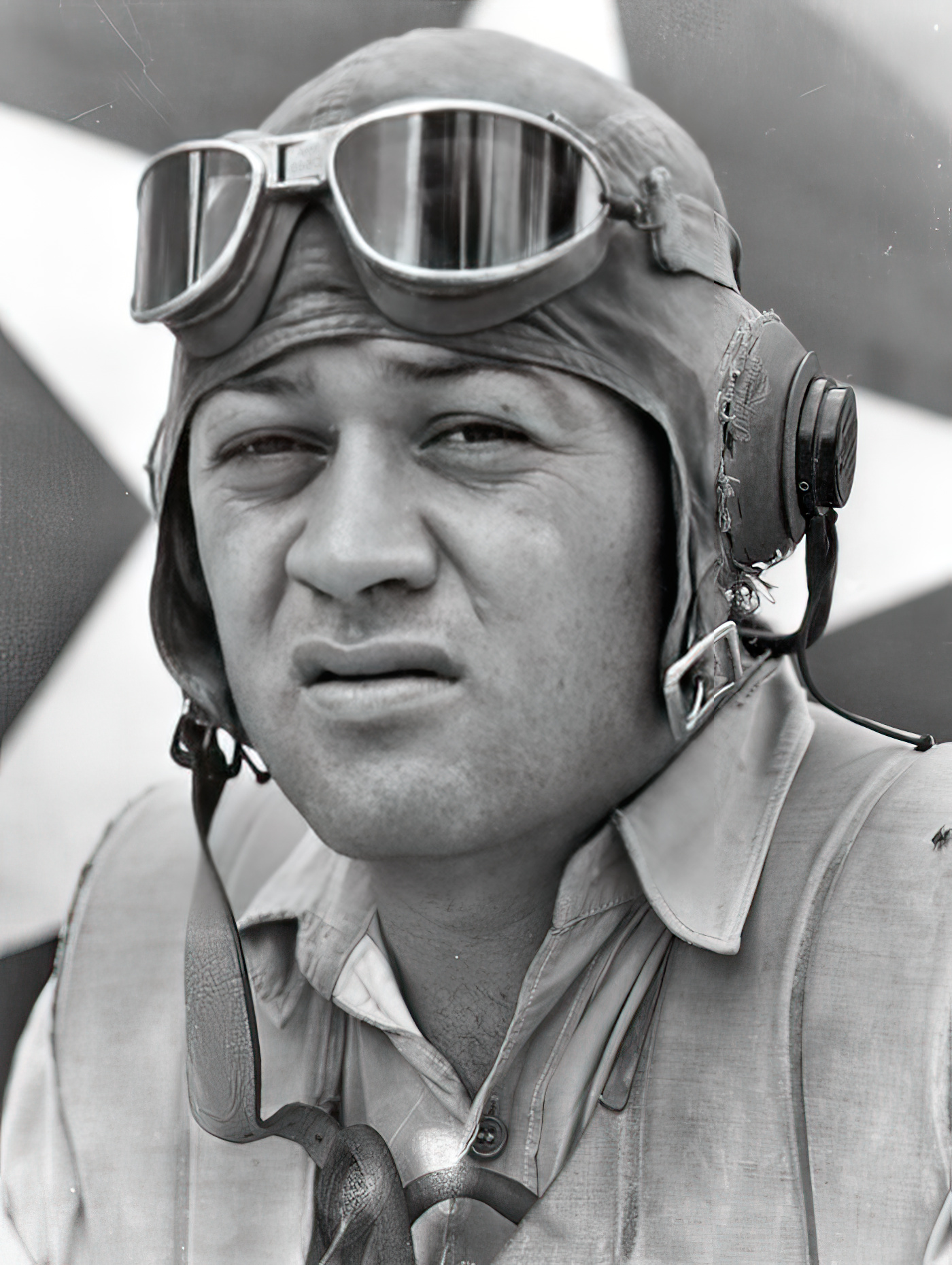
The Corsair’s Retirement
As WWII ended, jet engines began to supersede propeller-driven aircraft. Yet, the F4U held on, continuing to serve throughout the Korean War. The Corsair saw its final combat in 1969 with the Honduran Air Force during the “Soccer War” with El Salvador.
Finally, in the 1970s, the last operational F4Us retired, ending an era. Today, they live on in museums and airshows, where they remind us of a time when the roar of a radial engine and the thunderous burst of machine-gun fire could change the course of history.
In the history of military aviation, the F4U Corsair holds a place of honor. Its creation, wartime exploits, and enduring legacy serve as a testament to American ingenuity and the spirit of those who dared to tame the beast.
